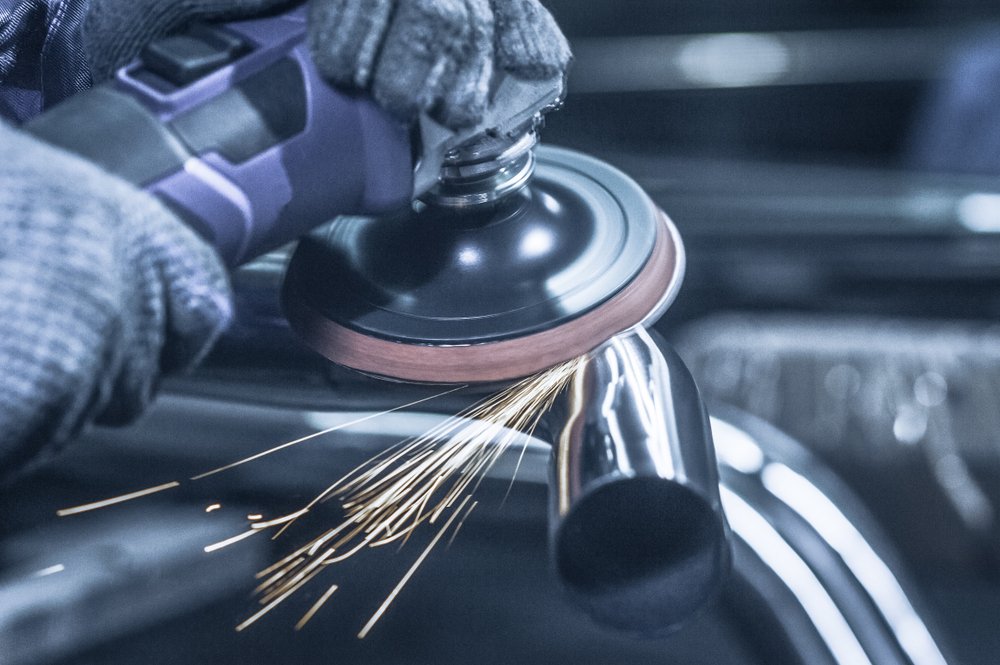Stainless and carbon steel are made of metal that is used in commercial and consumer applications. Despite having the same basic components in steel, stainless steel tends to have different alloying elements. Where carbon has 10.5% chromium content, steel has at least 10.5% chromium to become stainless. While purchasing the pipe from the sheet pile supplier, ensure the quality and purpose of the piles.
What is Stainless Steel?
Stainless is a type of steel that is a combination of chromium and alloying elements like nickel, manganese. It is also known as inox steel as it protects the material against oxidation. The specialists provide a layer of chromium to create a barrier between iron content and environmental oxygen. As a result, the stainless steel becomes corrosion resistant. There are various types of stainless steel such as austenitic, martensitic, ferritic and duplex.
What is Carbon Steel?
On the other hand, carbon steel has a lower chromium level. It is also known as a low-alloy steel. As it has cost-effective features, most of the customers want to consider Carbon Steel over any other material. Generally, low-carbon steels are softer but the experts can weld and machine them easily. Carbon steel also has variations that covers low, medium and high ranges. This material provides more durability, malleability and better heat distribution as a result of having higher carbon content.
How to Discriminate between Carbon and Stainless Steel?
Stainless steel can be found in various grades in the market. This type of steel can increase the chromium rate in the alloy. Carbon steel looks dull and has a matte finish that can be compared with a cast iron pot. Stainless steel has a layer of chromium oxide but carbon steel has no such layer. Carbon steel is more prone to corrosion than stainless steel.
Mainly, the experts prefer stainless steel consumer products and in construction. On the other hand, carbon steel is preferred more in production, manufacturing and in other projects. Stainless steel also has lower thermal conductivity compared to carbon steel.
Advantages of Stainless Steel
- Resistant to high and low temperatures.
- Highly durable
- Environmentally friendly
- Low maintenance
- The material is long-lasting
Advantage of Carbon Steel
- Cost-effective
- easy to recycle and eco friendly
- Wear-resistant
- It is very safe to handle during work than other materials
- shock-resistant
Call for Professionals
If you want to buy used, new or surplus steel pipes, then contact a reliable sheet pile supplier like Bigfoot Pipe and Piling. They also provide pipes ranging in sizes from 1/4” to 120” with various finishes.

